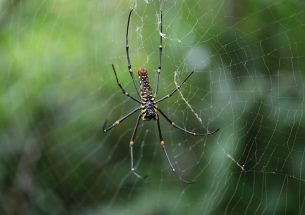News and Opinion
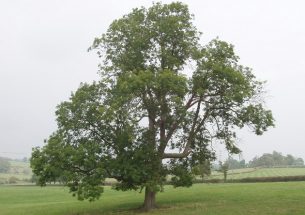
Ash dieback is less severe in isolated ash trees
READ MORE about Ash dieback is less severe in isolated ash trees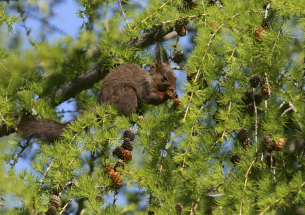
Parasite carried by grey squirrels negatively impacts red squirrel behaviour
READ MORE about Parasite carried by grey squirrels negatively impacts red squirrel behaviour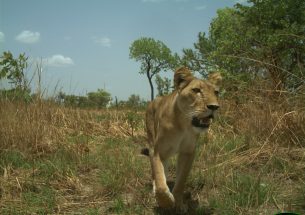
West African lions show no preference between national parks and hunting zones
READ MORE about West African lions show no preference between national parks and hunting zones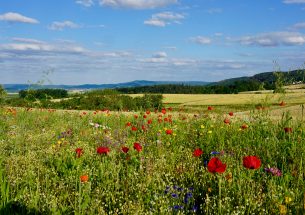
More taxpayers’ money for the environment and public benefit
READ MORE about More taxpayers’ money for the environment and public benefit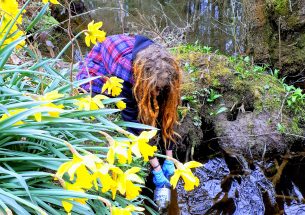
Fishing for Mammals: How DNA from rivers could revolutionise mammal detection on land
READ MORE about Fishing for Mammals: How DNA from rivers could revolutionise mammal detection on land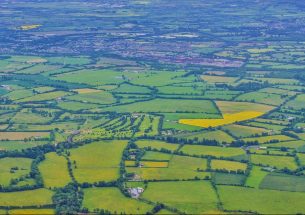
Smaller fields and diversified crops can help spontaneous plants to make a comeback, even in the middle of fields
READ MORE about Smaller fields and diversified crops can help spontaneous plants to make a comeback, even in the middle of fields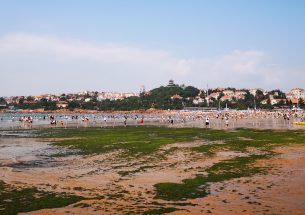
Human activities and underlying mechanism of green tide formation
READ MORE about Human activities and underlying mechanism of green tide formation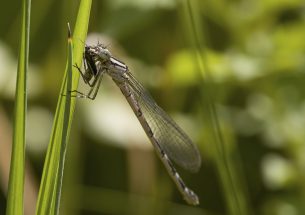
Dragonflies are efficient predators that consume hundreds of thousands of insects, locally
READ MORE about Dragonflies are efficient predators that consume hundreds of thousands of insects, locally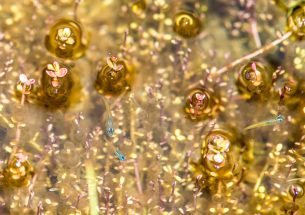
Conservation translocation: trade-offs for species survival and biodiversity
READ MORE about Conservation translocation: trade-offs for species survival and biodiversity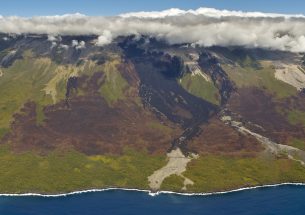
Lava flows tell 600-year story of biodiversity loss on tropical island
READ MORE about Lava flows tell 600-year story of biodiversity loss on tropical island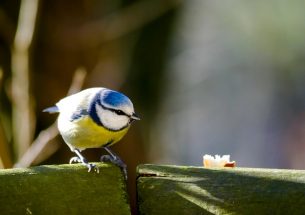
Watching TV helps birds make better food choices
READ MORE about Watching TV helps birds make better food choices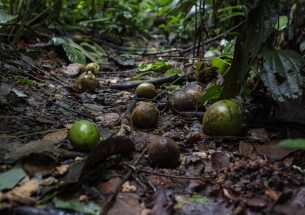
Amazon forest disturbance is changing how plants are dispersed
READ MORE about Amazon forest disturbance is changing how plants are dispersed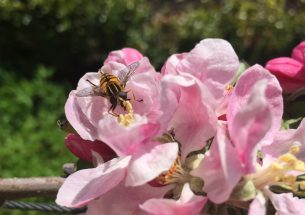
Call for policy makers to protect pollinators
READ MORE about Call for policy makers to protect pollinators